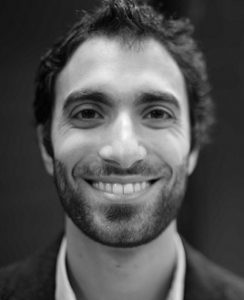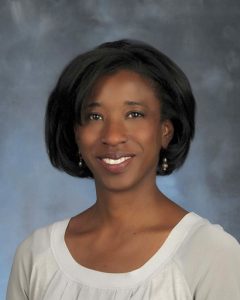The past several decades have seen an interest in learning surge. It’s always been part of our educational endeavors, but the recent focus on it has been intense—that is, for teachers. Our interest is not shared by most of our students. They are still pretty much all about grades, preferably those acquired easily. They will work for points, but not very enthusiastically, if at all, without them.
Grades are important; we can’t say they don’t matter. They’re what gets students financial aid, job interviews, and admission to grad school. But in the larger scheme of life, grades don’t matter all that much. When was the last time someone asked about your GPA? It’s the knowledge and skills acquired in college that make a difference in what we do and how we live. Yes, grades are supposed to measure learning and they do, but not all that definitively.
Somehow we’ve got to get students more focused on learning and more accurately understanding what it requires. So many students still cling to the notion that grades measure ability, and that good grades result from big brains, not time and effort devoted to study. How do we make the point that IQ matters far less than the commitment to hard work?
[MORE]






